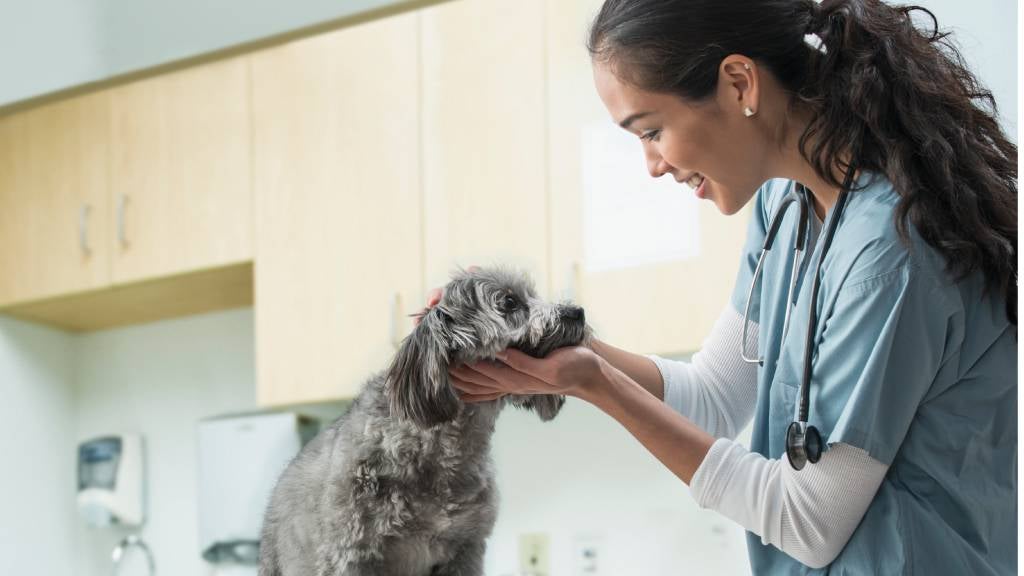Quick take
Quick take
- Australia’s vets juggle heavy caseloads, cost pressures and tough emotions – burnout is real
- There is no Medicare for pets – vet bills reflect the full cost of care
- Workforce shortages, especially regionally, stretch teams and wait times
- Practical fixes exist: safer rostering, mental health support, fair expectations and better prep from pet parents
- Small actions from all of us add up – respect at reception, plans for costs, and steady prevention
What’s going on in Australian vet care
Behind every wag and purr is a team working flat out. Vets handle complex medicine, emergency triage, client communication and end-of-life care – often in one shift. Add rising demand for pet care and it is easy to see why the pressure mounts.
Why burnout happens
Client aggression and cost confusion
With no Medicare safety net for animals, pet families pay the full price of diagnostics, drugs and surgery. When bills collide with tight budgets, emotions can spill over. Clear estimates, treatment options and respectful chats help everyone.
Long hours and thin teams
Many clinics run short-staffed, so vets and nurses cover extra shifts, after-hours call-outs and weekend work. That pace chips away at rest, recovery and family time.
Money stress starts early
Training is long, placements are demanding and early-career pay can feel at odds with the responsibility. Financial stress plus on-the-job intensity is a tough combo.
System settings that make care harder
No Medicare for pets
Human health gets government rebates – pet health does not. Vet invoices reflect the real cost of running theatres, diagnostic gear, medicines and a skilled team.
Cost-of-living pressure on clinics and families
Food, rent and supplies cost more – for clinics and for clients. Some delay care, which can mean sicker pets and bigger bills later.
Regional and rural workforce gaps
Outside the big cities, it is harder to hire and keep staff. That means longer drives, longer wait times and heavier loads on the vets who stay.
What’s helping – and how we can all pitch in
Inside clinics
- Safer rostering, protected breaks and shared on-call
- Employee assistance programs, mental health first aid and peer check-ins
- Clear triage and communication so teams can focus on care
In the profession
- Mentoring for new grads and practical training on client comms, grief and boundaries
- Professional networks and advocacy that put wellbeing on the agenda
As pet parents
- Plan for care – set aside savings or consider pet insurance
- Ask for written estimates and discuss options early
- Be kind to reception and nursing staff – they are part of your pet’s care team
- Keep up prevention to avoid bigger problems late
Buddy’s stance on supporting vets and pet parents
We love the humans who care for our four-legged family members, that’s why Buddy Pet Insurance is committed to giving $1 million to Australian animal welfare organisations and registered charities through our Giving Program. This funding helps support a variety of causes, including supporting veterinarian welfare organisations.
FAQsFrequently Asked Questions about vet wellbeing and modern care
We’ve answered a few frequently asked questions that may help you feel more prepared for your next vet visit.
Why do vet bills feel higher than GP bills?
Because pets are not covered by Medicare. Your vet bill includes the full cost of staff, facilities, diagnostics and medicines – with no government rebate.
How can I reduce stress for clinic teams – and for my pet?
Book ahead where you can, arrive on time, bring notes about symptoms, and use a carrier or leash. Ask for an estimate and agree on call-backs for decisions. A calm handover helps everyone.
What if I am worried about costs during a consult?
Say so early. Your vet can outline options, stage treatments, or prioritise diagnostics. Planning – savings or insurance – makes these chats easier in the moment.
I had a tough interaction at reception. What should I do next time?
Take a breath, explain the problem and focus on solutions. Reception and nursing teams do triage, manage emergencies and juggle schedules – kindness keeps care moving.
How can I support vet wellbeing beyond my own visit?
Share thanks, leave reviews, follow clinic policies, and keep your pet’s prevention up to date. If you see awareness campaigns for vet wellbeing, lend your voice – it matters.
Final thoughts
Healthy pets need healthy people behind the scenes. With respect, preparation and a few system fixes, Australian vet care can be sustainable – for the animals we love and the humans who look after them.
21 Nov 2025

